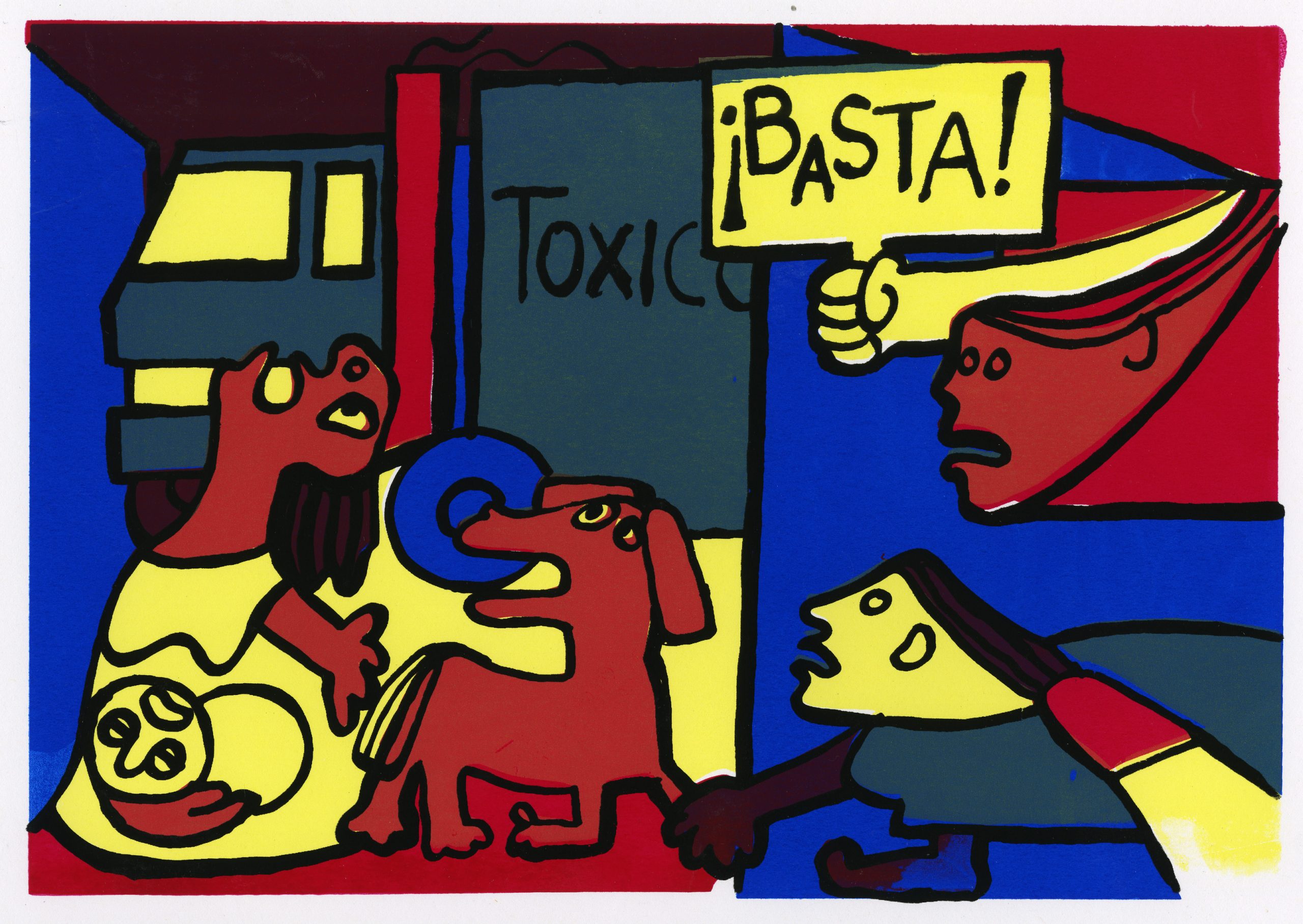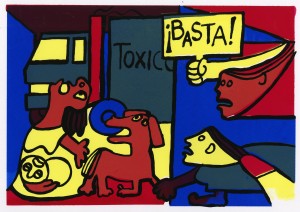A Tale of Two Communities and Contaminated Water

This past week two stories stood out identifying two communities of color different in many ways but connected by a common challenge: contaminated water.
One story, from the New York Times, pointed out the issues with contaminated water faced in small predominately Latino communities in the Central Valley, California. “Don’t drink the water” is no joke here, but rather a sad reality and norm for low-income communities of color. It should be fair to ask HOW this happen as well as WHY. As the NY Times story points out:
“It is the grim result of more than half a century in which chemical fertilizers, animal wastes, pesticides and other substances have infiltrated aquifers, seeping into the groundwater and eventually into the tap.”
The irony is that many of these communities are farm-working communities that work the very fields and industries that poison their drinking water —and in that process these communities bear the cost of food production in more than one way. First, we rely on communities like these to serve as a labor force for the food we consume, the dairies and crops of California’s bountiful bread basket. But the political and economic forces that govern these areas keep many of these communities in poverty with low wages or uneven enforcement of the few regulations in place to protect them. Second, these communities struggle with limited access to the basic needs some of us take for granted, such as drinking water.
These communities are asked to pay twice for water. They pay first for the tap and second in the purchase of bottled drinking water. Furthermore this pushes habits we consider detrimental to sustainable living: In the larger conservation community we stress the detrimental environmental effects of bottled water and yet that is the safest and healthiest option for these communities absent state and regulatory action.
The other story exposed the loopholes benefiting oil and gas companies to dump contaminated water on the Wind River Reservation, Wyoming. NPR broke the story, specifically pointing out how what goes on there is illegal in most of the country— with the implication that a reservation is not seen as like most of the country. The shocking part is that this is permitted, directly and indirectly, by the Environmental Protection Agency, the very agency that is supposed to regulate this type of practice to protect people and the environment. As this article from KERA News points out, quoting a Duke University environmental scientist:
“I was shocked when I heard this. I was very surprised this was allowed. It’s just something that we should know better by now. We should know that dumping our waste onto the surface of the ground is a bad solution…Are we doing something on tribal lands we wouldn’t allow somewhere else? I think that’s something we have to be asking ourselves.”
Those are good questions, but questions and issues that not all communities face— Yet common enough in communities of color.


